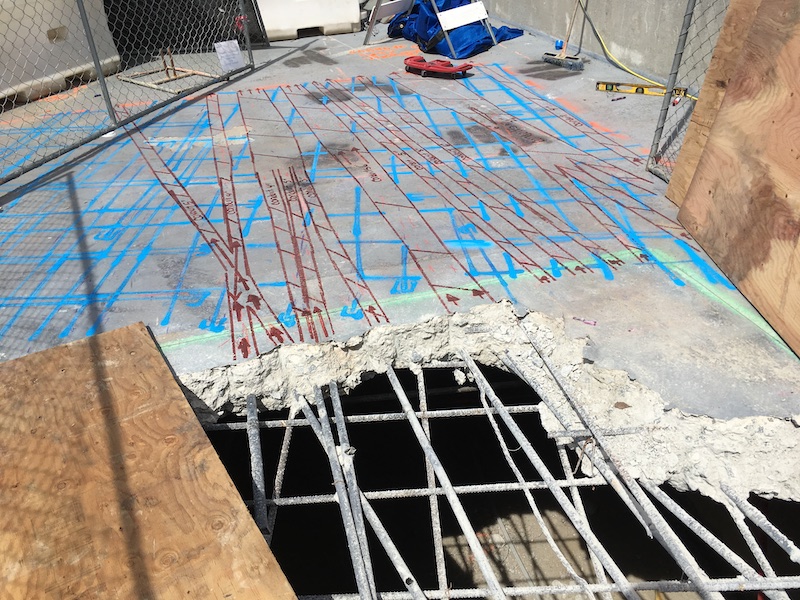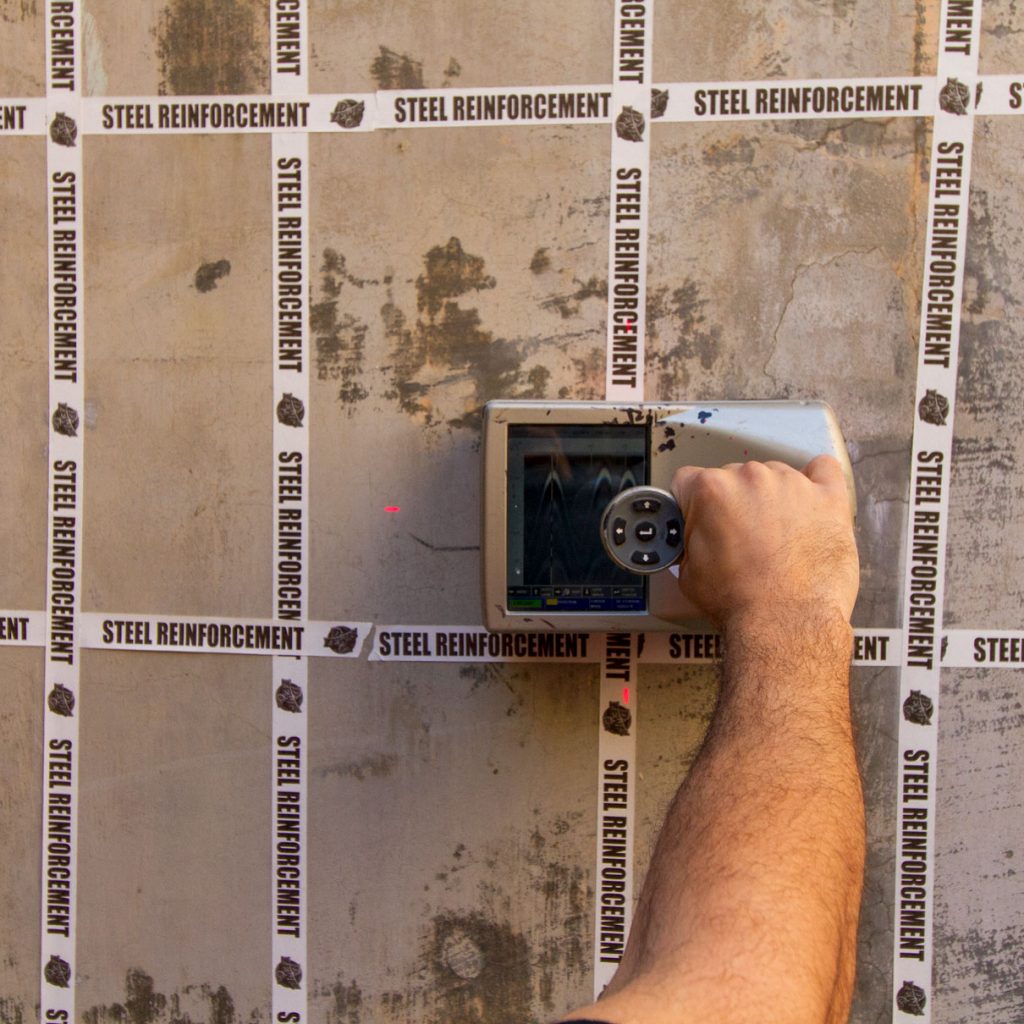Concrete Scanning: An Essential Step In The Direction Of Making Certain Architectural Honesty and Safety And Security
In the realm of building and construction and facilities maintenance, the relevance of concrete scanning can not be overemphasized. By utilizing advanced modern technology and approaches, concrete scanning offers as a crucial tool in making certain that the integrity and security of buildings and bridges are supported to the highest possible standards.
Relevance of Concrete Scanning
Concrete scanning plays a vital role in making sure the structural integrity and security of structures and infrastructure jobs. By making use of advanced innovations such as ground-penetrating radar (GPR) and electromagnetic induction, experts can non-destructively check concrete frameworks to discover prospective issues, voids, embedded items, and reinforcement design. This procedure allows very early discovery of anomalies that could jeopardize the security of a framework, avoiding expensive damages and ensuring the security of owners.
Concrete scanning is particularly necessary during the preparation and building and construction stages of a task. Prior to drilling, cutting, or coring into concrete, scanning assists determine the exact locations of rebar, post-tension cords, and other embedded aspects, minimizing the threat of accidental hits that can lead to architectural weak points. Furthermore, concrete scanning aids in quality assurance by verifying the thickness of concrete covers and discovering any type of inconsistencies that may affect the general longevity of the structure. Ultimately, purchasing concrete scanning services is not only a positive action to alleviate dangers yet likewise a fundamental step in the direction of preserving the long-term security and stability of structures and infrastructure.
Technology for Concrete Assessment

Benefits of Very Early Discovery
Timely detection of structural issues can dramatically minimize risks and ensure the durability of building tasks. By identifying potential problems at an early stage in the construction process, stakeholders can take proactive measures to address concerns before they escalate into bigger and extra pricey problems. One of the key advantages of very early detection is the avoidance of architectural failures, which can position serious his comment is here safety risks and lead to project hold-ups and monetary losses.
Additionally, early discovery permits prompt repair work and maintenance, which can help extend the life-span of the framework. By attending to issues without delay, construction teams can stay clear of expensive repairs or also the demand for early replacement of architectural elements. This proactive approach not just conserves money and time yet also boosts the overall safety and sturdiness of the construction task.
Furthermore, very early detection can enhance project preparation and decision-making by providing stakeholders with valuable understandings into the problem of the structure. Armed with this details, job supervisors can make educated selections concerning building and construction materials, timelines, and approaches, bring about extra effective and efficient job end results.
Guaranteeing Architectural Security
Guaranteeing the architectural security of a building job is critical to its safety and security and durability. Structural stability describes the ability of a structure or infrastructure to preserve its kind and feature under ecological problems and numerous tons. To attain this, extensive analysis and monitoring of the structure are important. Concrete scanning plays an important duty in making certain structural security by detecting prospective problems such as voids, delamination, or reinforcement corrosion that could endanger the integrity of the framework over time.
By using sophisticated scanning technologies like ground-penetrating radar (GPR) and electro-magnetic induction, construction specialists can non-invasively examine concrete frameworks to identify locations of worry below the surface. This positive approach enables the early detection of weak points or flaws, allowing prompt fixings or support to avoid architectural failures.
Normal concrete scanning during check various building and construction phases and throughout the life process of a structure can aid preserve its security, minimize threats, and guarantee the security of owners. By prioritizing architectural security through concrete scanning, building and construction jobs can boost their strength and resilience, inevitably adding to better safety and long life.
Stopping Vital Failings
Implementing routine evaluations, such as concrete scanning, can expose concealed defects like spaces, fractures, or rust that might jeopardize the honesty of a structure. By utilizing advanced scanning technologies like Ground Permeating Radar (GPR) or Concrete X-ray, engineers can non-destructively assess the condition of concrete and determine weak points that require reinforcement or repair service.

Conclusion
To conclude, concrete scanning plays an essential duty in making certain architectural honesty and safety and security by utilizing sophisticated innovation for very early discovery of prospective issues. This aggressive strategy aids stop crucial failures and ensures the security of frameworks. It is important to prioritize concrete examination as a standard technique to secure the durability and safety of structures and facilities.
Concrete scanning plays a vital function in guaranteeing the architectural stability and safety of buildings and infrastructure tasks. Furthermore, concrete scanning help in top quality control by verifying the thickness of concrete covers and finding any type of disparities that may influence the general durability of the framework. Concrete scanning plays an important role in making sure architectural stability by discovering prospective concerns such as voids, delamination, or support corrosion that might jeopardize the integrity of the framework over time.

In conclusion, concrete scanning plays a vital duty in making certain architectural honesty and safety and security by using sophisticated technology for early detection of possible problems.